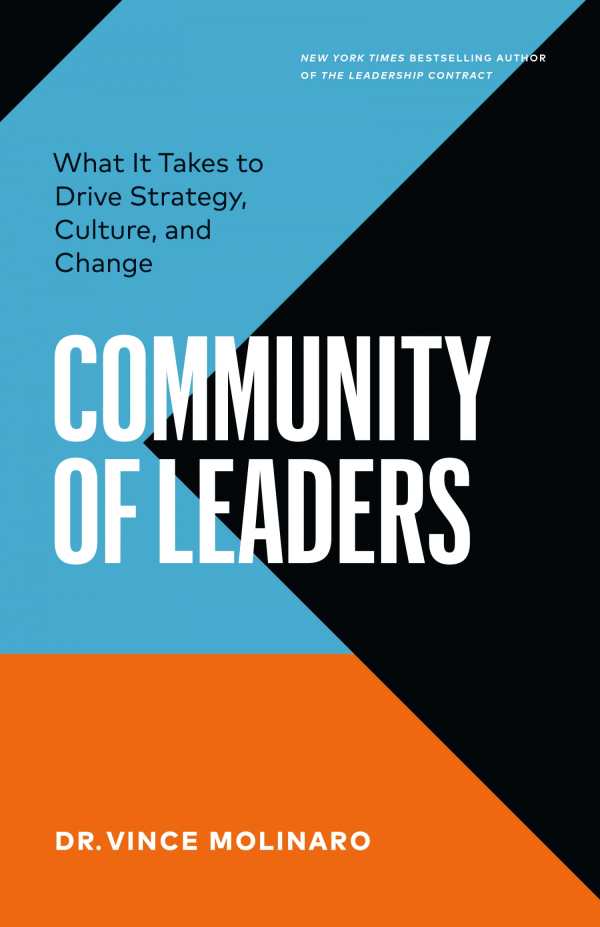Community of Leaders
What It Takes to Drive Strategy, Culture, and Change
Community of Leaders is a persuasive guide with suggestions for reinventing leadership to meet the needs of contemporary workplaces.
Consultant Vince Molinaro’s business guide Community of Leaders forwards a prospective methodology for collaborative leadership.
Rejecting the dictatorial, one-person-in-charge model of running a company, this text first summons traditional examples of organizational leadership dispersal (represented, for example, in models including senior executives and frontline managers) before countering them with suggestions for embracing diversity and forming productive units that honor people’s individual skills, interests, and responsibilities, fostering a positive company culture. To bolster its credibility, it references research correlating employees’ perceptions of their bosses to a company’s overall success, and it is rigorous about defining its terms, showing how they serve its holistic vision of invigorating a company.
Divided into two parts, the book first describes what communities of leaders look like and makes a persuasive argument for why its model is important (changing organizational approaches are said to “reflect the evolution of the work environment following the pandemic and the shifting competitive landscape in most industries”). Later, it breaks community-oriented leadership down via ten short chapters dedicated to actionable qualities, including clarity (herein, related both to how an objective is articulated and to how it is revisited and adapted to reflect shared strategic responsibility and employee collaboration). Both positive and negative examples of how implementation occurs are used to reflect the potential benefits of cooperating, communicating, and sharing accountability with one’s employees. Personal anecdotes flesh the picture out further, as of how, after consultation, a CEO realized that none of his leaders were capable of forging a community and taking responsibility for collective success. However, some such stories are too vague, and the book’s tendency to group multiple stories and experiences together leads to too-broad generalizations—informative on an abstract level but ineffective at illustrating daily obstacles.
To support its claims, the book emphasizes survey data collected by Molinaro’s company on repeat. The gathered information is condensed into charts and diagrams that depict different aspects of leadership, employee sentiments, and financial success. However, many such charts are present sans sufficient context; without deeper analyses or descriptions, they are ineffectual complements to the text’s arguments. More credibility boosting are the book’s frequent references to secondary supportive resources on the topic of leadership.
Responsive to contemporary workplace challenges, Community of Leaders is an enthusiastic leadership guide with tested suggestions for fostering dynamic organizations.
Reviewed by
Willem Marx
Disclosure: This article is not an endorsement, but a review. The publisher of this book provided free copies of the book and paid a small fee to have their book reviewed by a professional reviewer. Foreword Reviews and Clarion Reviews make no guarantee that the publisher will receive a positive review. Foreword Magazine, Inc. is disclosing this in accordance with the Federal Trade Commission’s 16 CFR, Part 255.

